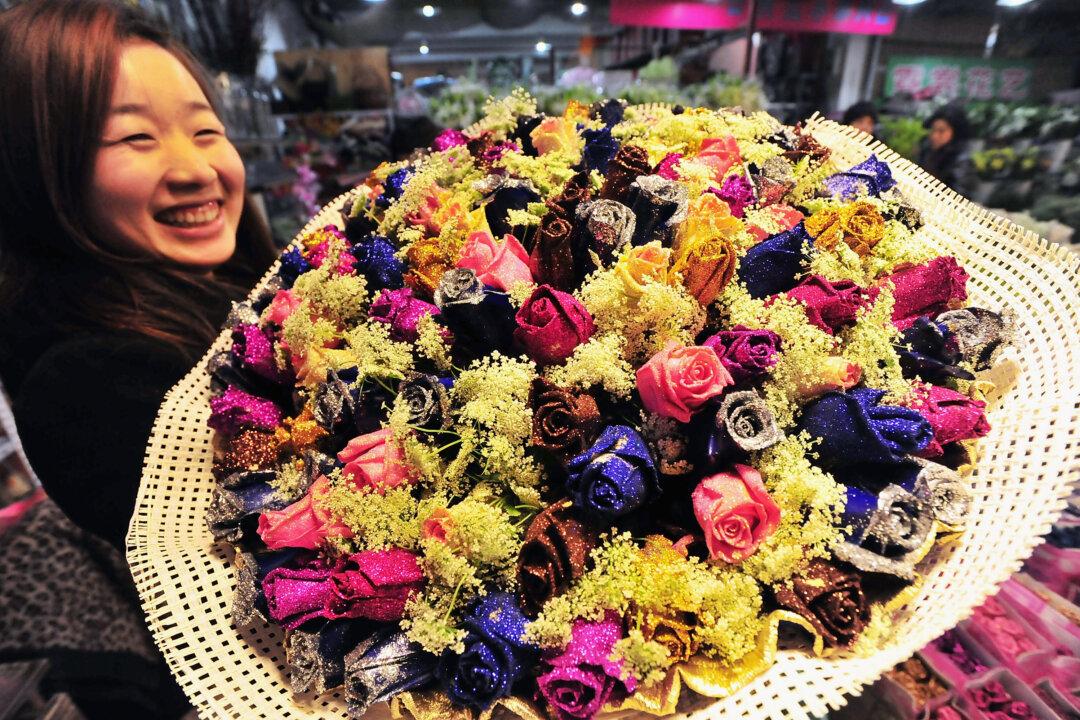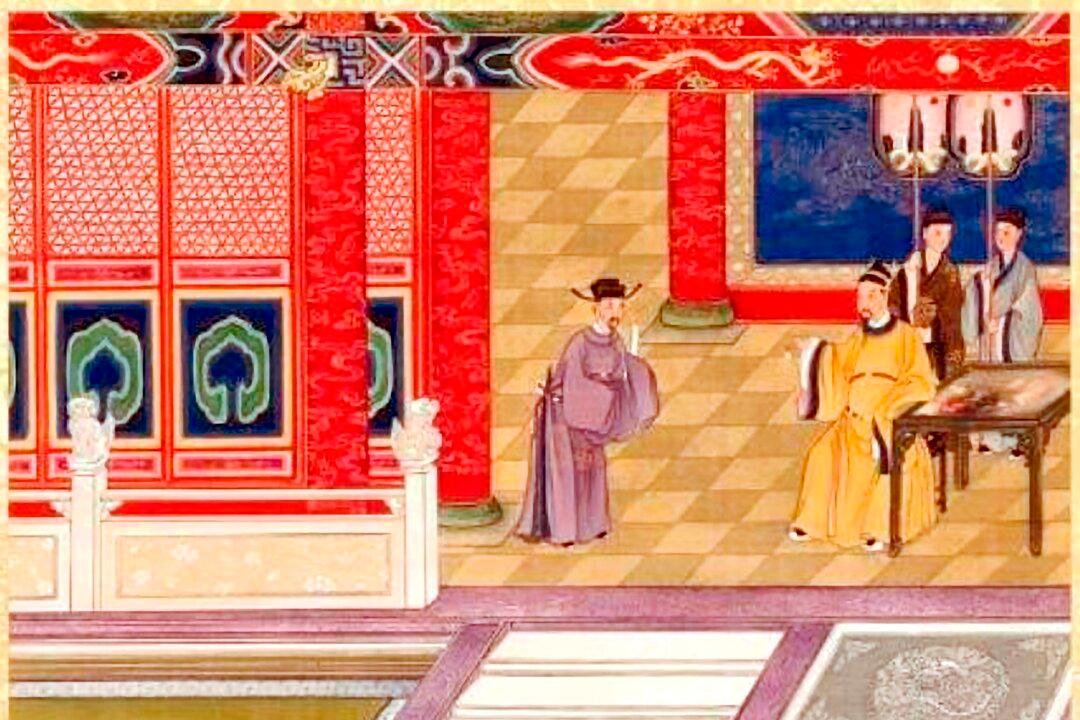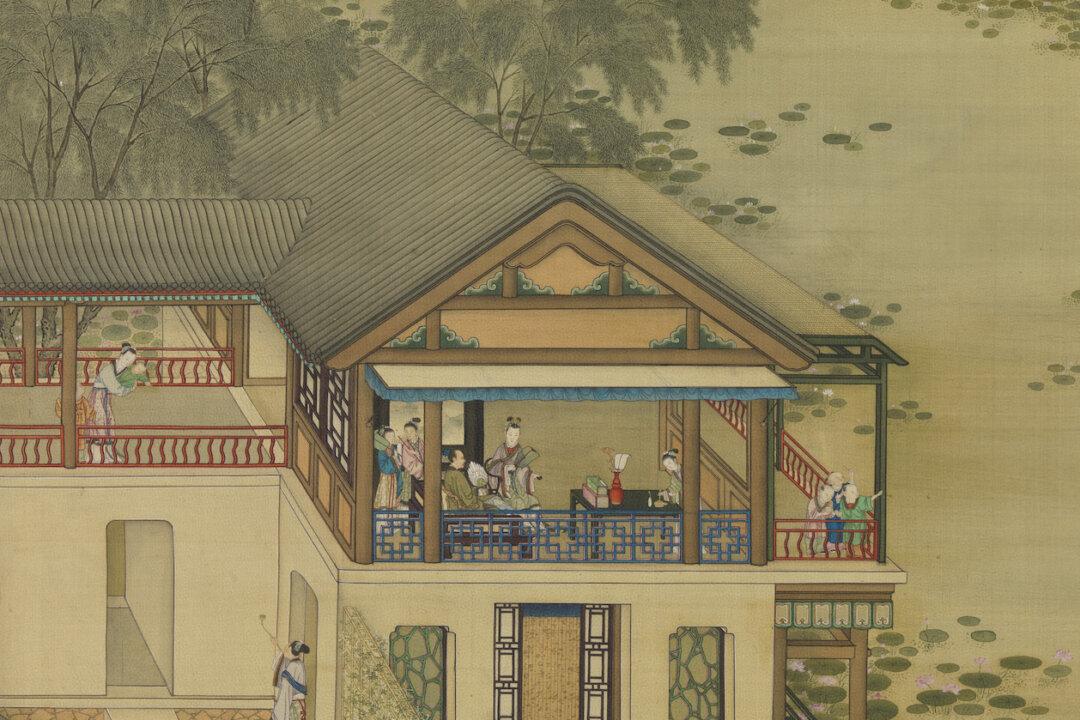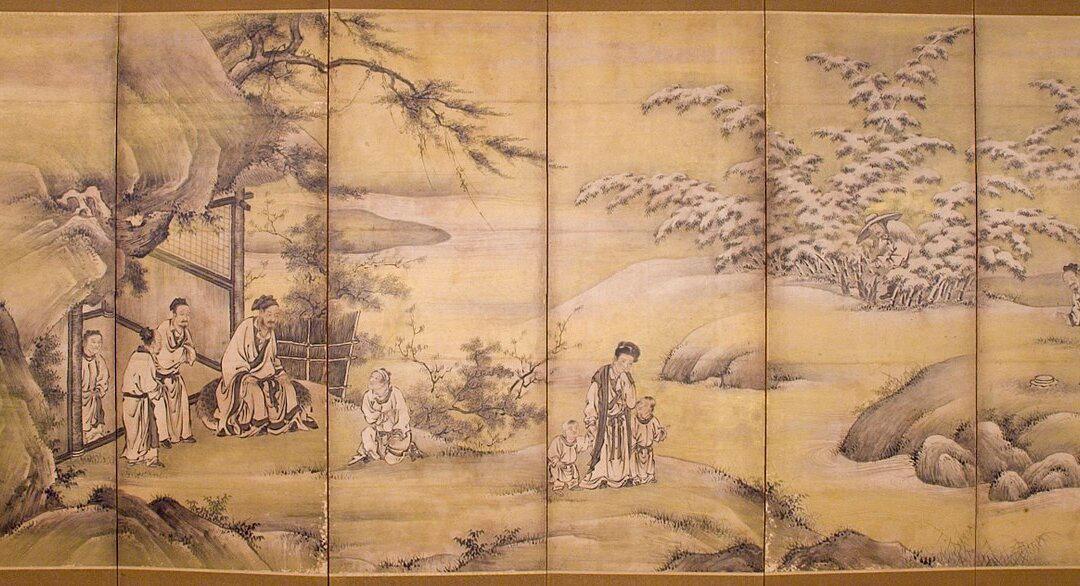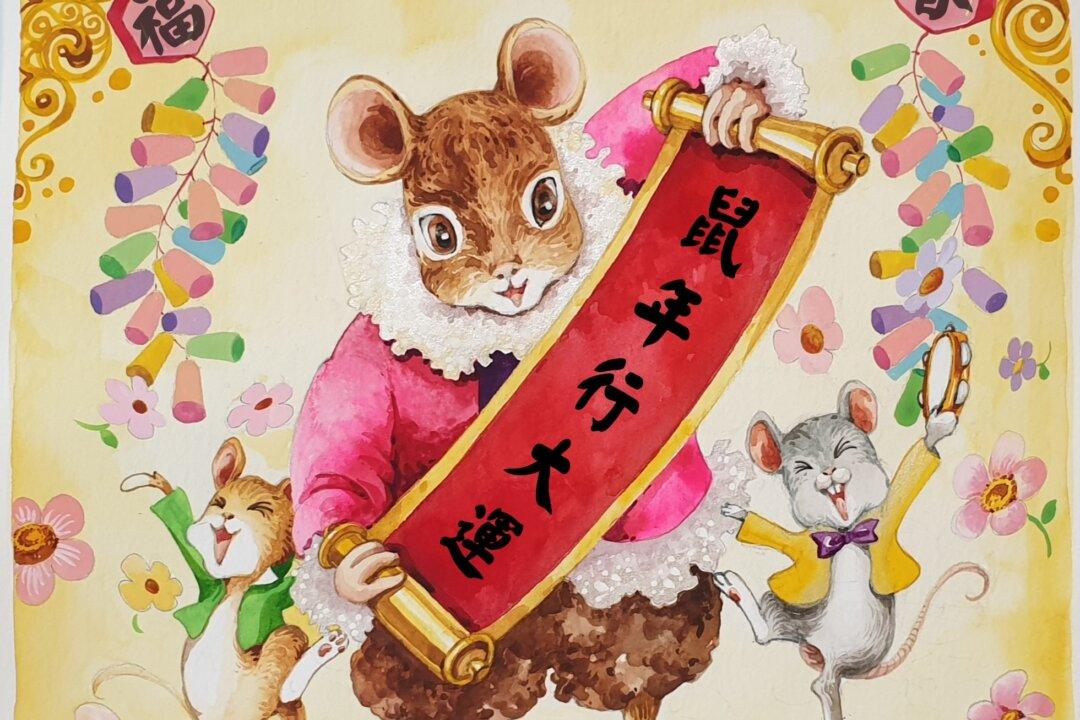Thoughts and anticipation turn to romantic love for many people this time of year as Valentine’s Day approaches.
It is a time to celebrate love and affection as we express appreciation for the special people we cherish in our lives. It is also an opportunity to reflect on the joy and meaning that love brings—not only the happiness that comes from beautiful dreams fulfilled, but also the preciousness of our intimate relationships and the strength and wisdom gained from life’s twists and turns that can unfold.
Here are two stories from ancient China that speak to these themes as we salute Valentine’s Day and its dedication to love and devotion.
Predestined to Be a Couple
The story of Princess Lechang and her husband Xu Deyan is one that not only depicts a pure and lasting love but also the virtue and sincerity of the ancient Chinese people.
Linked to the Lantern Festival, the story also celebrates family togetherness and reunion, symbols of the festival that occurs on the 15th and last day of traditional Chinese New Year festivities.
As the story goes, Princess Lechang was a beautiful and intelligent woman who lived during the late Southern and Northern dynasties (A.D. 420–589). She and her husband lived a happy life together in the state of Chen. However, their lives were shattered when the Sui Dynasty (A.D. 581–618) army from the north attacked the state of Chen.
